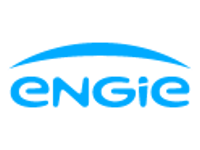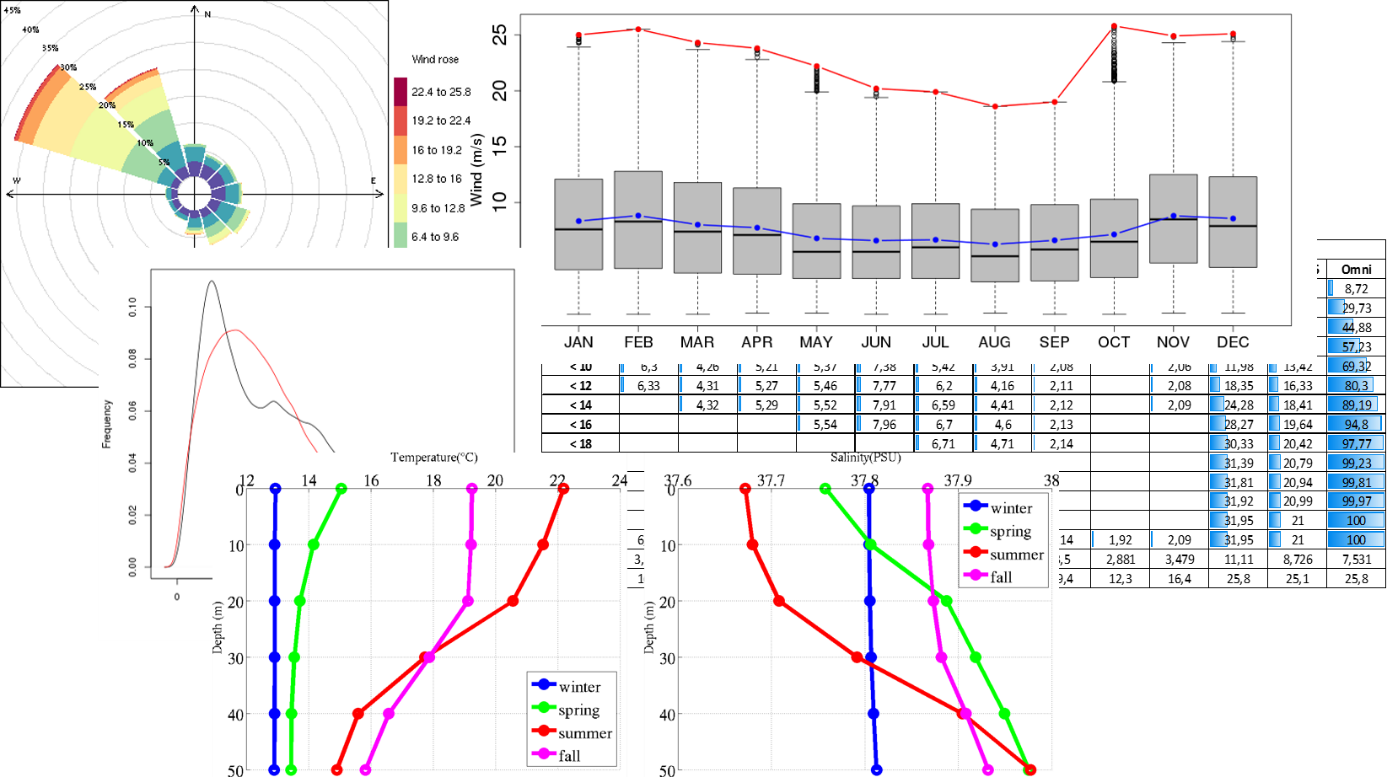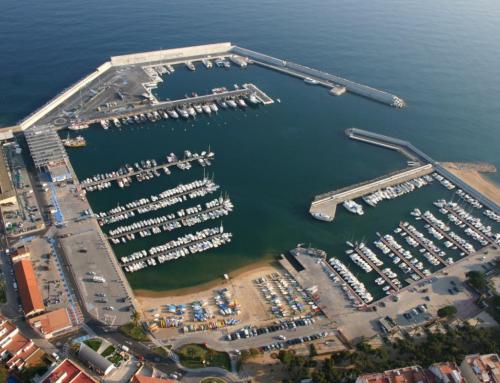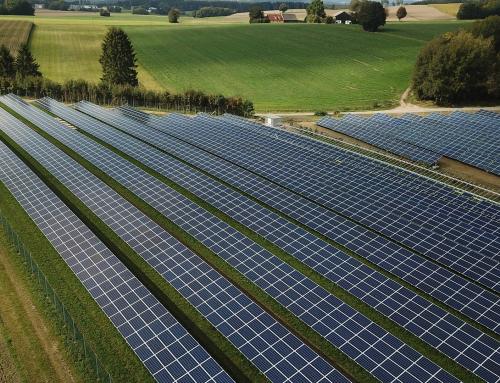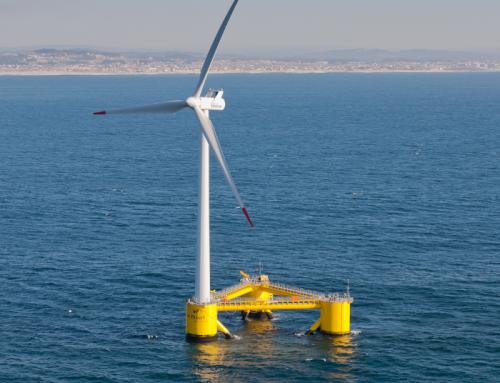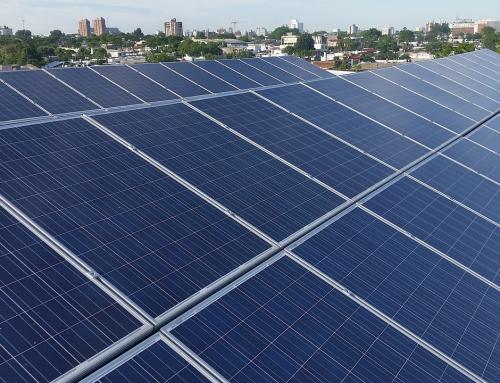Study of the meteorological oceanic conditions for floating wind turbines
NOVELTIS has realised a detailed statistical analysis of the metocean conditions, in order to supply precise metocean indicators, used to define the design of the floating wind turbines to be built.
The LEFGL project is based upon the pre-commercial exploitation of 4 floating wind turbines, with unit capacities of 6MW each, off Leucate (Occitania region).
For this project, NOVELTIS was asked to provide a detailed analysis of the metocean conditions by the ENGIE team in charge of the project. These data were essential to fine tune the design of the structures.
Project details
Categories:
Tags:
Share this project:
Study of the meteorological oceanic conditions for floating wind turbines
NOVELTIS has realised a detailed statistical analysis of the metocean conditions, in order to supply precise metocean indicators, used to define the design of the floating wind turbines to be built.
Project details
Categories:
The LEFGL project is based upon the pre-commercial exploitation of 4 floating wind turbines, with unit capacities of 6MW each, off Leucate (Occitania region).
For this project, NOVELTIS was asked to provide a detailed analysis of the metocean conditions by the ENGIE team in charge of the project. These data were essential to fine tune the design of the structures.
Respecting the international guidelines, NOVELTIS used several databases acknowledged by the scientific community. Advanced statistical methods were implemented to determine several types of indicators: extreme conditions, return period, long time series, contingency tables, seasonality, etc.). Those reliable indicators are computed from temperature and salinity profiles, currents, winds and waves.
Means used
Results
NOVELTIS has delivered reliable and precise information on the various local metocean parameters, which enabled the various partners working on the project to design the future offshore structure.
Client / Partner(s)
